SPDT 12V 10A 5-Pin Relay
The SPDT 12V 10A 5-Pin Relay is a compact, high-performance electromechanical switch that allows microcontrollers to control high-current AC or DC devices. With a 12V DC coil and a 10A contact rating, this relay is widely used in automated switching applications, home automation, robotics, and DIY electronics.
SPDT stands for Single Pole Double Throw, meaning the relay can connect a common terminal to one of two others (normally open or normally closed), offering flexibility in controlling devices based on the input signal. It is ideal for logic-level controllers like 🔗 Arduino, 🔗 ESP8266, and 🔗 Raspberry Pi.
🔍 Technical Specifications:
-
Type: SPDT – Single Pole Double Throw
-
Pins: 5-Pin Standard PCB Mount
-
Coil Voltage: 12V DC
-
Switching Current: Up to 10A
-
Switching Voltage: 250V AC / 30V DC max
-
Contact Material: Silver Alloy
-
Insulation Resistance: ≥100MΩ (500V DC)
-
Contact Resistance: ≤100mΩ
-
Mechanical Life: 10 million operations
-
Mounting: Through-hole (suitable for relay boards or PCBs)
-
Indicator LED: No
-
Dimensions: Compact 19mm x 15mm x 15mm approx.
⚙️ Key Features & Benefits:
-
✅ Supports both NO (Normally Open) and NC (Normally Closed) connections
-
✅ Reliable switching of high-current loads
-
✅ Works seamlessly with microcontrollers and relay drivers
-
✅ Suitable for AC appliances and DC motors alike
-
✅ Standard 5-pin footprint for easy prototyping
-
✅ Excellent for automotive, industrial, and DIY automation
💡 Common Applications:
-
Smart home automation systems
-
Load switching in IoT devices
-
Robotics and motor control
-
Fan, pump, light, and actuator switching
-
Automotive electronics projects
-
Security and alarm system controls
-
Relay driver circuit designs
-
School and college-level electronics projects
🔌 Microcontroller Compatibility:
This relay can be triggered using logic signals from Arduino, ESP8266, ESP32, STM32, Raspberry Pi, and other development boards. Often used with 🔗 relay driver modules, it allows safe interfacing between low-voltage controllers and high-voltage appliances.
⚠️ Precautions:
-
Use a flyback diode when switching inductive loads to prevent damage.
-
Ensure isolation from high-voltage circuits when used on breadboards.
-
Avoid switching loads beyond 10A without a heat sink or external protection.
-
Never connect AC loads directly to microcontroller pins – always use relay drivers.
-
Use in a well-ventilated, dry environment.
📍 Available Now at ElectroWay — your trusted electronics and automation supplier based in Johar Town, Lahore. We provide the best components for STEM learning, DIY electronics, and industrial prototyping.
🎥 External Learning Video:
How Relays Work – SPDT Relay Explained (YouTube)
🔗 Helpful Links & Related Products:





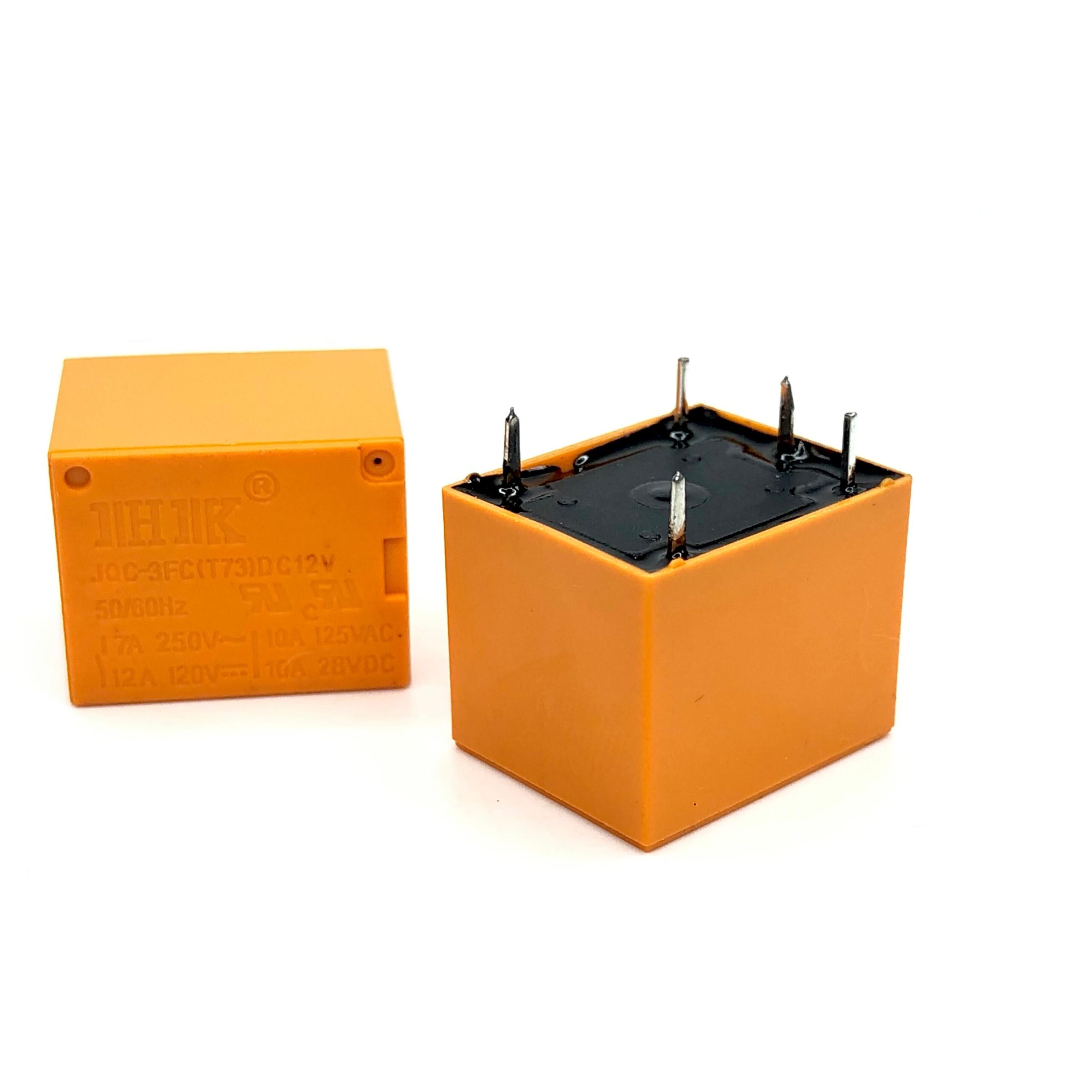
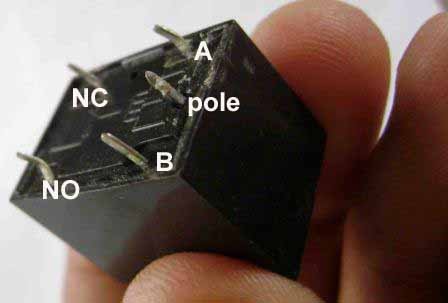
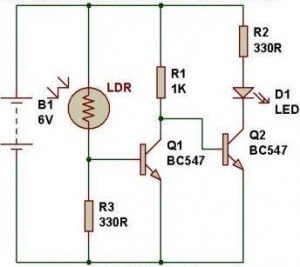

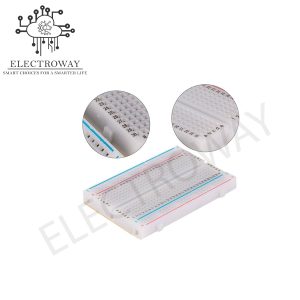
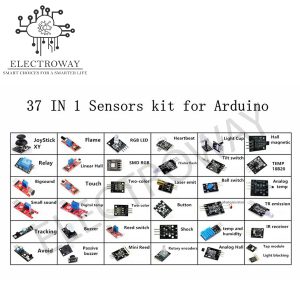
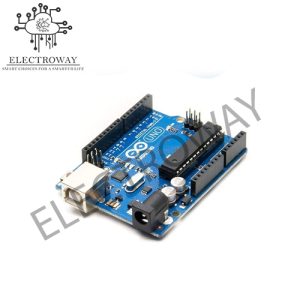

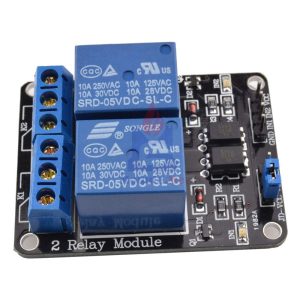
Reviews
There are no reviews yet.